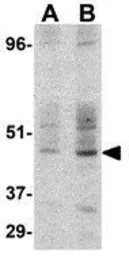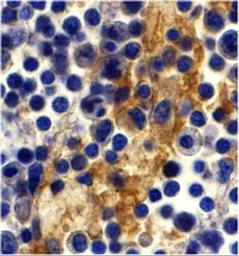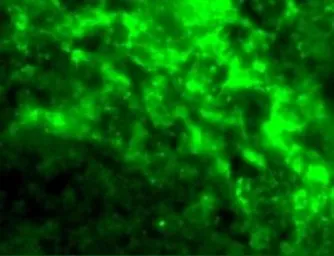DC-SIGN antibody
Cat. No. GTX31656
Cat. No. GTX31656
-
HostRabbit
-
ClonalityPolyclonal
-
IsotypeIgG
-
ApplicationsWB IHC-P ELISA
-
ReactivityHuman


